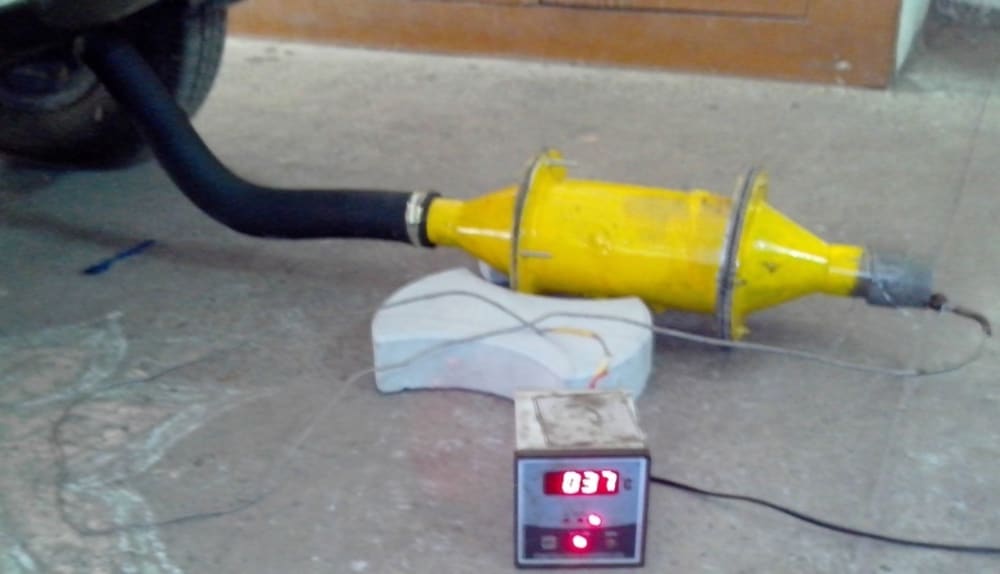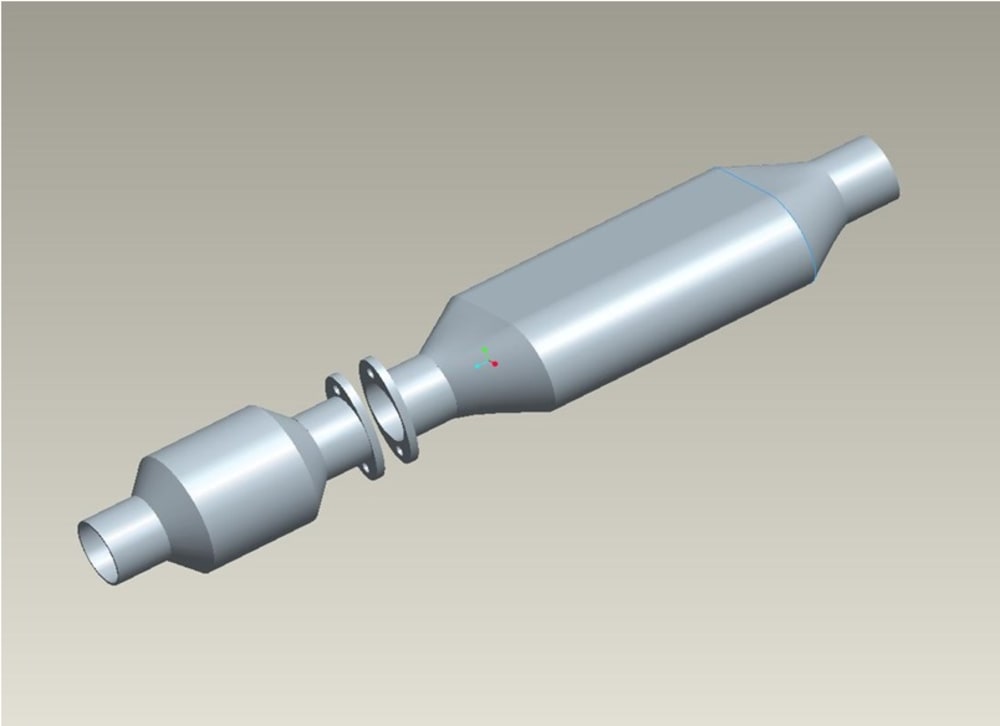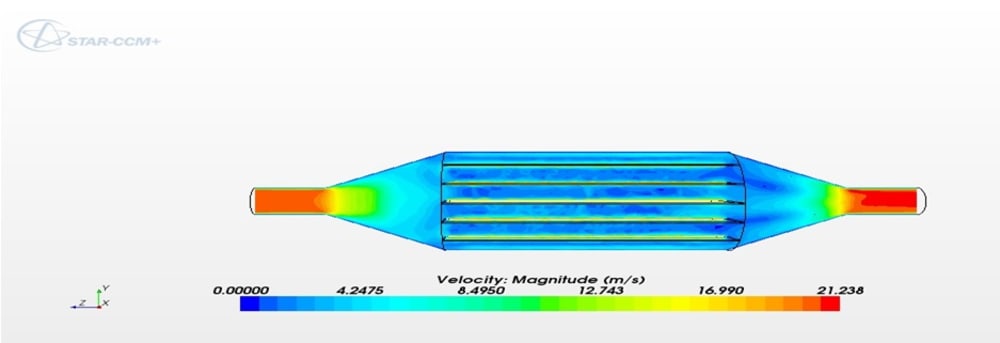Besides the further reduction of the harmful gaseous emissions (HC, CO and NOx) to meet stringent emission limits, the discussion on lowering the CO2 emissions is omnipresent. Various solid materials like calcium oxide, zeolite, hydrotalcite, and silicon carbide nanotubes readily adsorb carbon dioxide.
A new family of three way catalytic converter-technologies offers to tune the catalyst system to the engine performance and the back pressure requirement, which helps to reduce CO2 emissions. In addition, these technologies show improved performance in HC, CO, NOx, light-off, and in CO and NOx conversions under dynamic conditions. This again can positively impact the CO2 emissions as less harsh heating strategies for start is required. A low exhaust back pressure and a fast light-off contribute to fuel reduction and with that to CO2 reduction. Computer simulation is being increasingly used in the catalytic converter industry.
The objective of the present work is to reduce CO2 emissions by the following methods (1) Enhancing the catalyst system to the engine performance and the back pressure (CFD Analysis) (2) Attaching chemical reagent coated system after catalytic converter and thereby reducing CO2 emissions from the exhaust. The reduction in exhaust gas back pressure of the exhaust system offers a possibility to reduce the CO2 emissions as well as having improved power and torque characteristics of the engine.
Hydrotalcite, zeolite, and silicon carbide nanotubes posses high rate of adsorption capacity of CO2 at elevated temperatures. A converter of required size or configuration based on CFD results is fabricated and tested with the above adsorbents.
Like this entry?
-
About the Entrant
- Name:Sajin George
- Type of entry:individual
- Patent status:none








